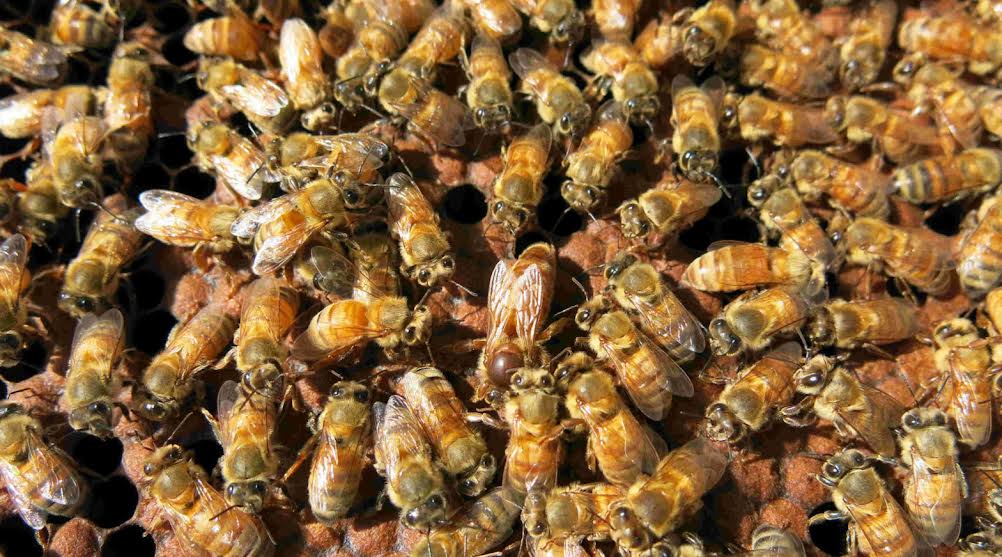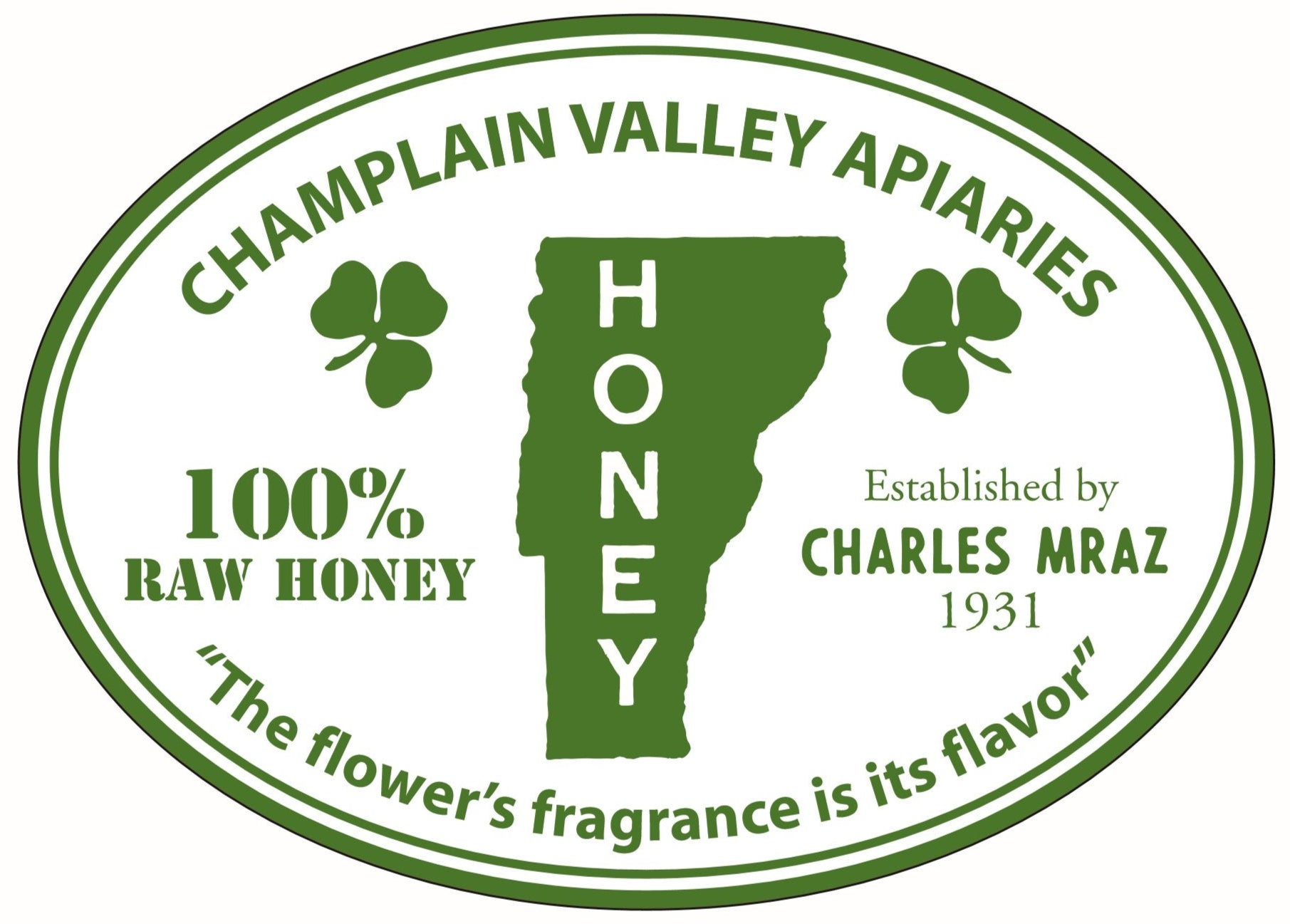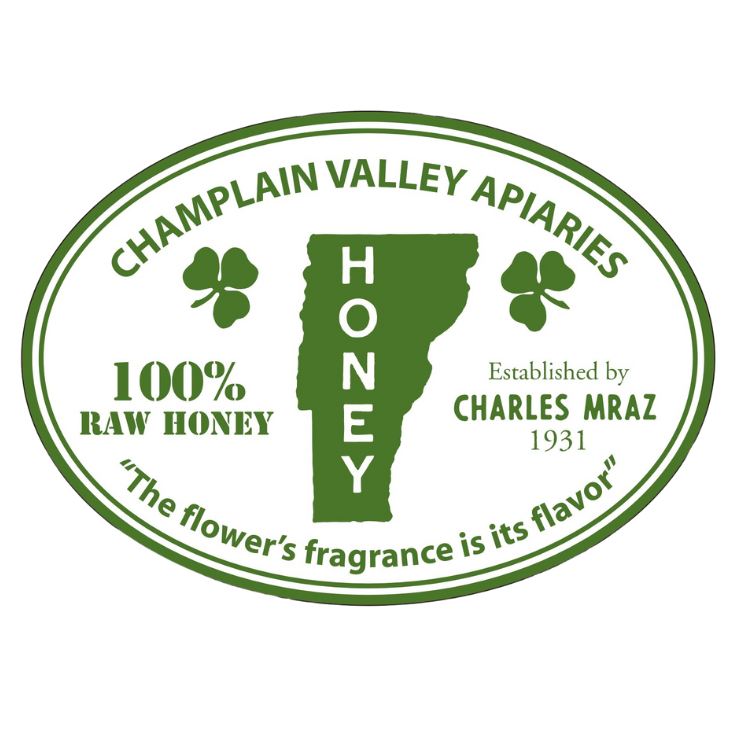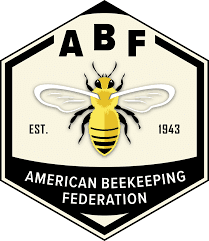
The Pollinator Protection Act: Neonicotinoids in Vermont Update 2025
It's been one year since the state of Vermont passed the landmark Pollinator Protection Act, slowly phasing out and banning a class of insecticides called neonicotinoids that are extremely harmful to bees. We're so proud of our communities and our state for stepping up to get this bill passed, but unfortunately, the fight is long from over. Keep reading to hear more about neonicotinoids, the Pollinator Protection Act, and updates from summer 2025, including challenges the bill faces in being implemented and enforced.
🧪About Neonicotinoids
Neonicotinoids, or “neonics,” are a synthetic class of pesticides that were developed in the 1980s. They are insecticides, meaning their purpose is to target insects. They do not kill off weeds, fungi, or bacteria in crops but they disrupt the insect's nervous system from working properly and kill them off.
How are neonicotinoids used in Vermont?
Neonicotinoids are most commonly found in Vermont on field corn seeds. Corn bought from major seed and pesticide companies like Bayer (previously known as Monsanto), ChemChina (previously known as Syngenta), Corteva Agriscience, or BASF are coated in neonicotinoids before they are even bought. The vast majority of corn in the state of Vermont is treated with neonicotinoids.
These chemicals are largely to target the pest wireworm in corn. These early season pests feed on corn kernels and below-ground roots and tubers of the corn plants.

How effective are neonicotinoids?
However, wireworm is not a major contributor to corn yield losses in the state of Vermont. It can be more of an issue in states further south, but many dairy farmers find wireworms do not actually kill off a significant portion of their plants because they are much less common this far north.
Additionally, it is thought that only an incredibly small percentage of neonicotinoids actually stay on the corn seeds. An estimated 90% of the pesticide is washed off seeds and ends up in our waterways and taken up by other plants. They have an incredibly long half life and can persist in the soil for up to 10 years after they were first applied.This is most commonly how our honeybees come into contact with them.

🐝Vermont Pollinator Protection Act
In 2024, the Vermont legislature passed the historic Pollinator Protection Act, prohibiting the use of neonicotinoids across the state for field crops like corn, soy, wheat, and cereals. Following in the footsteps of neighboring New York, neonicotinoid coated seeds will be slowly phased out by 2029 and restrictions on some outdoor use beginning in 2025.
This bill was introduced to the House in January of 2024 and was quickly passed through the House and the Senate by March 2024. However, Governor Phil Scott vetoed the bill in May of 2024. Luckily, his veto was overridden by the House and Senate by June 17, 2024.
This is an incredibly important and landmark act to be passed in the United States! While the European Union has banned neonicotinoids for years, New York is the only other state that has completely banned neonicotinoids. Several other states have restrictions on neonicotinoid use, but many do not.

📆Summer 2025 Updates
Why is it important to still pay attention?
The Pollinator Protection Act was a historic decision and provides true hope for beekeepers in Vermont that their honeybee colonies have a chance of not just barely surviving, but thriving.
However, there are currently massive efforts underway to reverse this decision. As stated in the bill, Vermont's bill may be repealed if the similar and preceding bill enacted in New York is repealed. They have until 2029 to do so.
Because of this, major seed and pesticide companies are actively lobbying against the bill in hopes to overturn it before this deadline. This would be a major catastrophe for the bees in Vermont. Therefore, it is crucial for Vermonters to continue to show their support for the Pollinator Protection Act, Vermont beekeepers, and honeybees and native bees alike.

📆How To Help
You can help by supporting local nonprofits/organizations driving this work, calling up your local state representatives/senators to voice your support, or planting pollinator-friendly gardens! Reach out to the organizations listed below if you'd like to get more involved.
What are organizations in Vermont that help the bees that I can support or donate to?
1. Pollinator Pathways Project
This organization is working to establish a continuous pathway of native flowers for pollinators, supporting pollinator health across the country. As part of a larger organization that establishes pathways across New England, this chapter in Addison County holds monthly meetings to discuss and see updates on current projects and has a webinar series to learn more about Vermont pollinators and what they need to thrive. Join your local chapter to plant more flowers for pollinators!

2. Bee the Change
Bee the Change is another organization based in Addison County aiming to have an acre of native plants to support pollinators in every one of Vermont's 252 towns and cities. They have converted fields at parks, schools, roadsides, and even solar fields to be planted with a wide variety of native flowers to support pollinators. Consider supporting this business or joining their efforts to plant wildflowers up and down the state!

3. The Vermont Pollinator Working Group
The VT Pollinator Working Group is a collection of organizations and businesses that work together on a variety of projects to help native pollinators and honeybees. Most recently, they organized and ran the annual Pollinator Celebration Day at Shelburne Farms for community members to hear from expert keynote speakers and meet with organizations who are tackling some of these massive problems pollinators in our state face. Donate or get involved through their website today!

4. The University of Vermont Bee Lab
The UVM Bee Lab one of many groups doing positive work for bees in the state. They do incredible work to research different diseases and pressures on bees in Vermont. They've even been doing pesticide residue monitoring, collecting pollen samples from beekeepers. Donate to this great cause to support bee research for years to come!

5. Vermont Public Interest Group (VPIRG)
VPIRG was a major contributing force to helping educate the public and encourage state politicians to support the Pollinator Protection Act! They work to bring the voices of Vermonters surrounding a variety of environmental issues to the state capital. Check out their website to donate or see how you can volunteer and get involved!

6. The Vermont Beekeepers Association
Since 1886, the Vermont Beekeepers Association (VBA) has been providing support to Vermont beekeepers. From teaching classes on the latest developments in beekeeping to connecting new beekeepers with mentors, the VBA is essential to create an informed, supported network of beekeepers across the state. If you're a beekeeper in Vermont, make sure you register with the VBA to stay up to date on classes and meet ups near you!

🤔Additional Q + A
Isn’t corn wind-pollinated?
Yes, corn is wind-pollinated, meaning bees do not have a direct reason to be landing on corn plants. However, in our experience, our bees actually still land on and explore corn pretty extensively. Therefore, they are still coming into regular contact with corn pollen laden with neonicotinoids, not to mention other wildflowers and weeds surrounding corn fields that have taken up the pesticide and express it in their own pollen.
What about varroa mites and other honeybee pests/diseases?
Varroa mites are another serious threat to honeybees, and are present in essentially every hive across the U.S. This is an external parasite that was brought to the U.S. from Asia and they feed on the honeybee fat body in both larvae and adults. This makes adults much more susceptible to disease and impedes growth and development in the larvae.
 There have always been diseases and pests that have plagued honeybees in the United States. However, bees have always been able to adapt and evolve to these emerging threats. For example, tracheal mites were a major threat to honeybees across the U.S. in the 1990s. These mites killed off many honeybees and damaged many hives. However, beekeepers found that within a few years, the bees had actually found a way to deal with these mites.They quickly adapted to recognize the mites, pull them off each other, and actually ended up eating the mites! Because of this adaptation, tracheal mites are still present in most beehives but pose a significantly smaller threat.
There have always been diseases and pests that have plagued honeybees in the United States. However, bees have always been able to adapt and evolve to these emerging threats. For example, tracheal mites were a major threat to honeybees across the U.S. in the 1990s. These mites killed off many honeybees and damaged many hives. However, beekeepers found that within a few years, the bees had actually found a way to deal with these mites.They quickly adapted to recognize the mites, pull them off each other, and actually ended up eating the mites! Because of this adaptation, tracheal mites are still present in most beehives but pose a significantly smaller threat.
However, honeybees have not been able to adapt to handle varroa mites nearly as quickly or efficiently. These parasites have continued to decimate and haunt hives for twenty to twenty-five years. Many beekeepers and here at Champlain Valley Apiaries, we believe this is because of the neonicotinoid poisoning. The bees are fundamentally sicker which makes their ability to adapt much more difficult. They were better able to handle these waves of new parasites and diseases decades ago before neonicotinoids, because they were fundamentally healthier without these pesticides present.

How are neonicotinoids different from other pesticides in Vermont (i.e.Round-Up, etc.)?
There are many pesticides that are theorized or have evidence has specifically shown also harm bees. What makes neonicotinoids different is that they are, 1. an insecticide and 2. travel so widely from their target location to be taken up and expressed in other plants. This means they are persistent in the environment for much longer, posing more of a threat to pollinators. Pesticides like Round-Up include herbicides, like glyphosate, meaning they target plants and weeds. While they can still impact bees, their chemical structure is designed to target plants over insects.
🌻Conclusions
At Champlain Valley Apiaries, we are incredibly grateful for our community's support and the hard work put in by advocates and lawmakers alike to get this bill put into action. We just want to remind our customers that the work is far from over and until 2029, this bill is under constant threat of being repealed. Our bees are still in contact with neonicotinoids every and we encourage folks to continue to advocate for Vermont honeybees, from contacting your local lawmakers to planting pollinator friendly gardens!

🍯Learn More
Additional Links + Resources
🌟Stay up to date on Champlain Valley Apiaries on our social media platforms:
-
Instagram: @champlainvalleyapiaries
-
Facebook: @champlainvalleyapiaries
-
TikTok: @champlainvalleyhoney
-
YouTube: Champlain Valley Apiaries
-
Pinterest: Champlain Valley Apiaries









